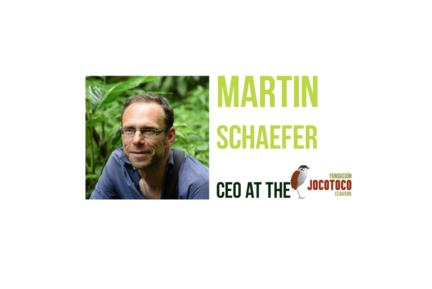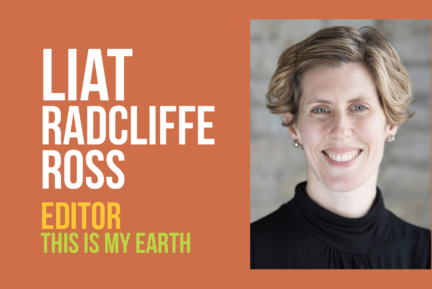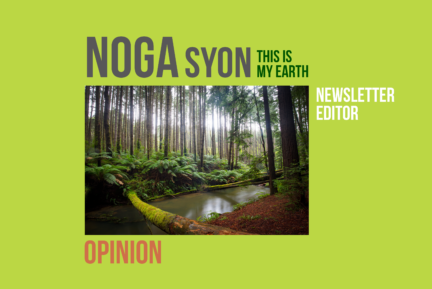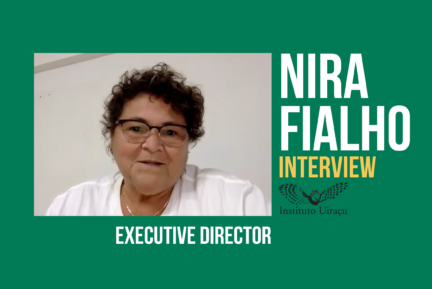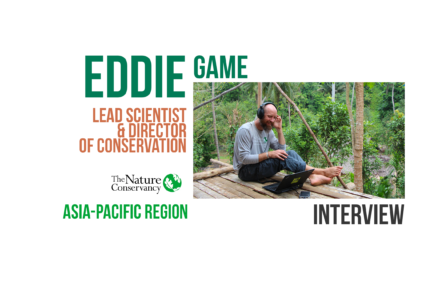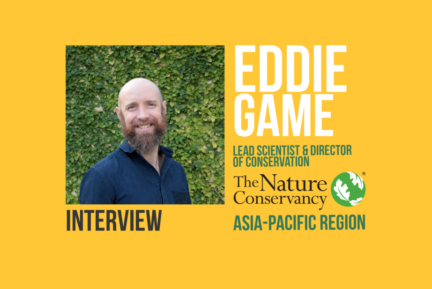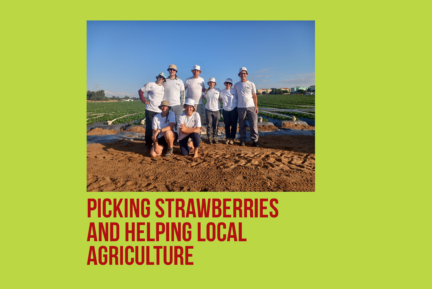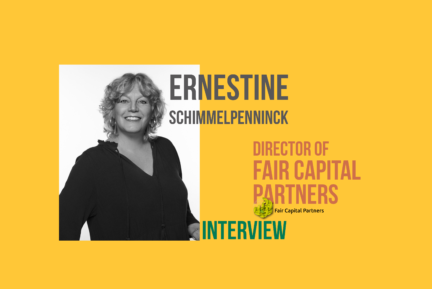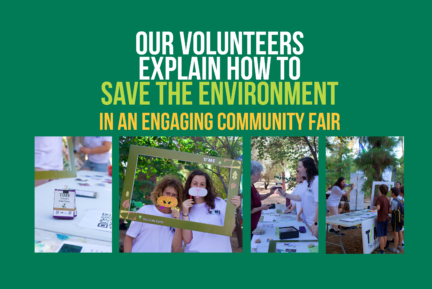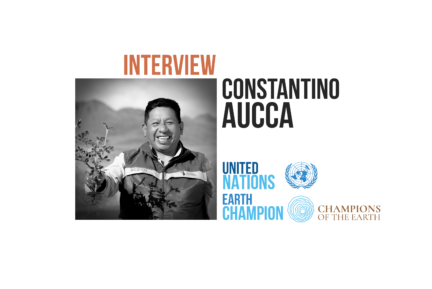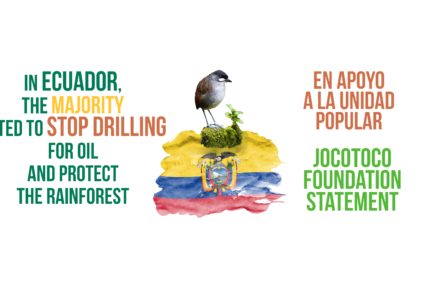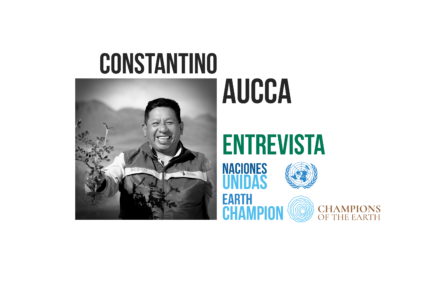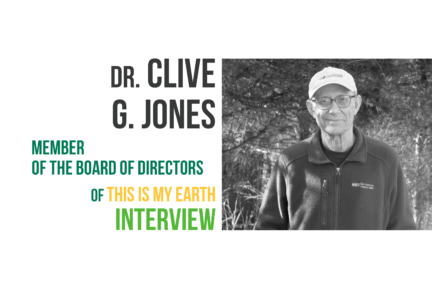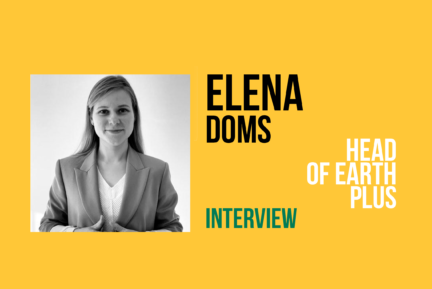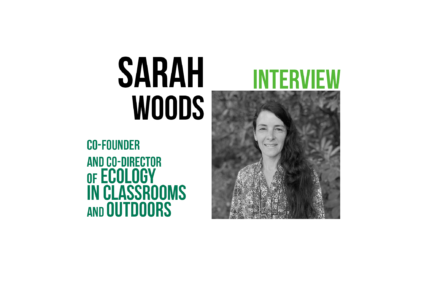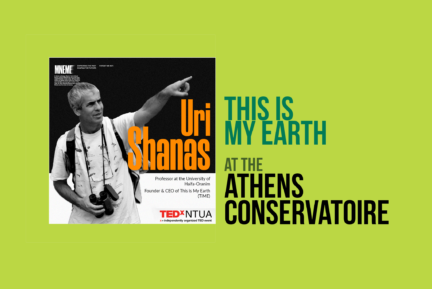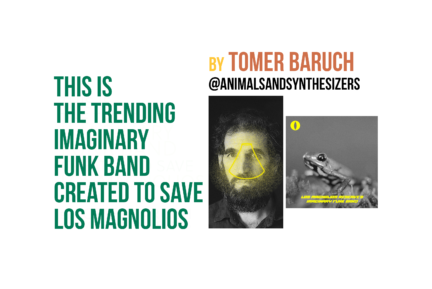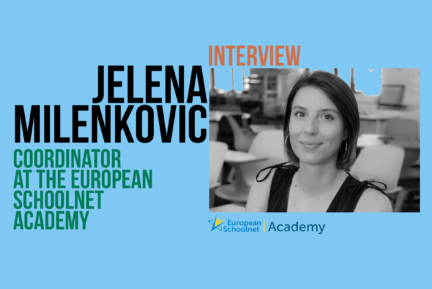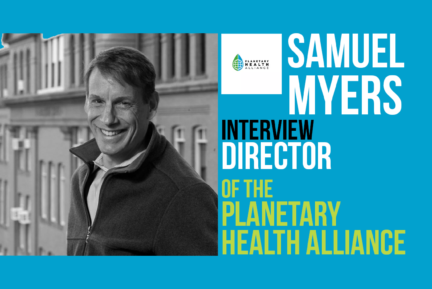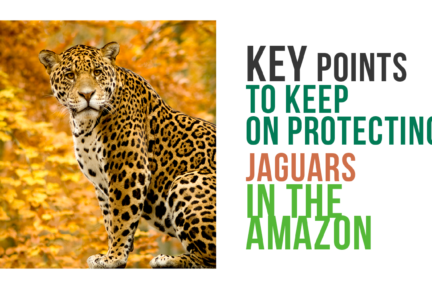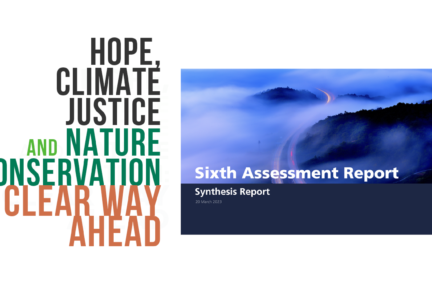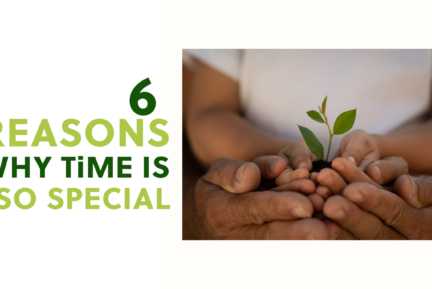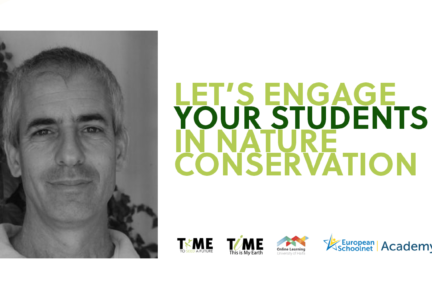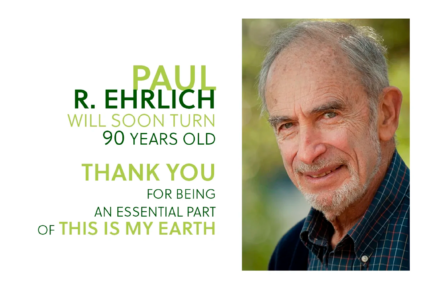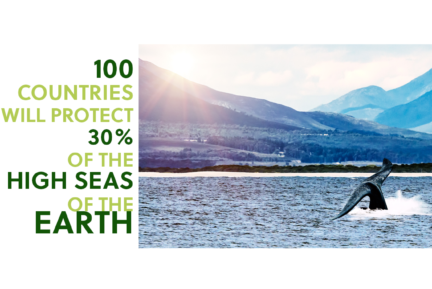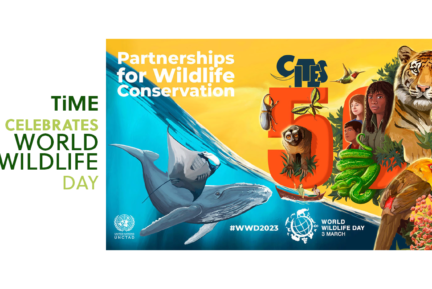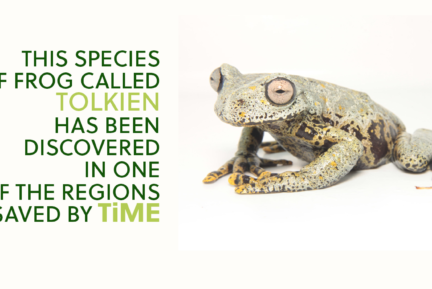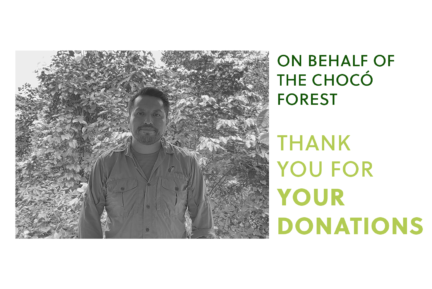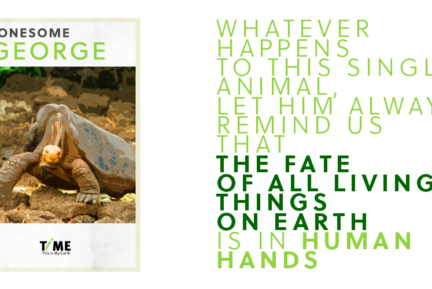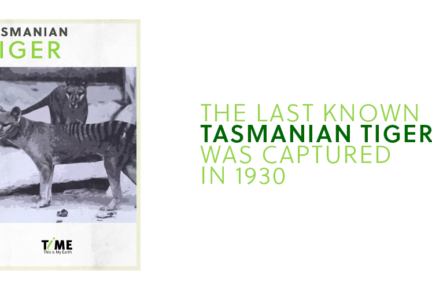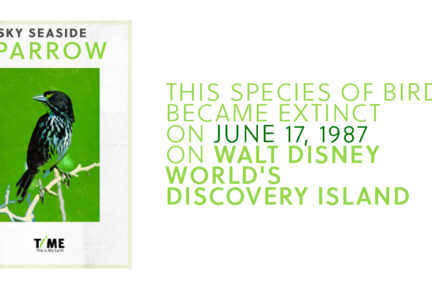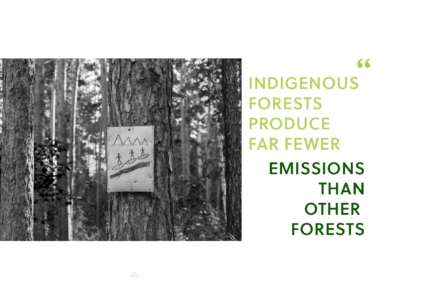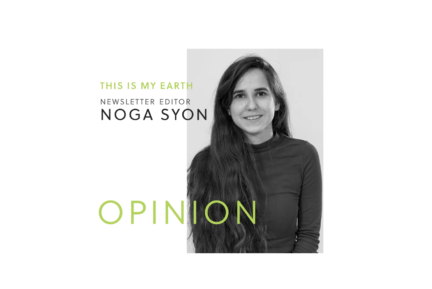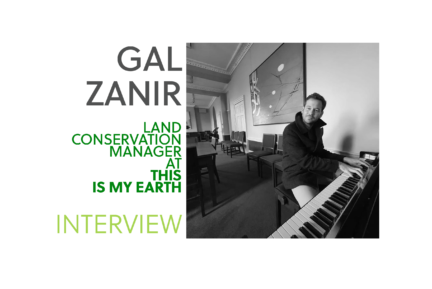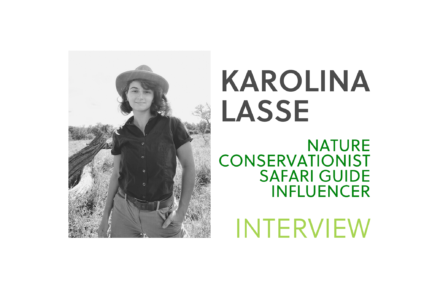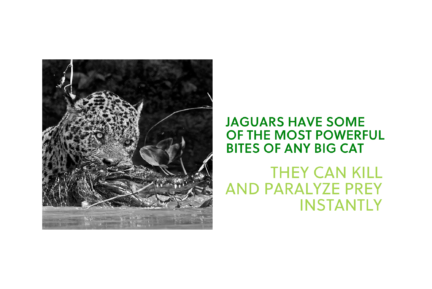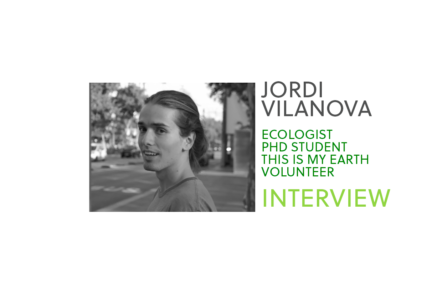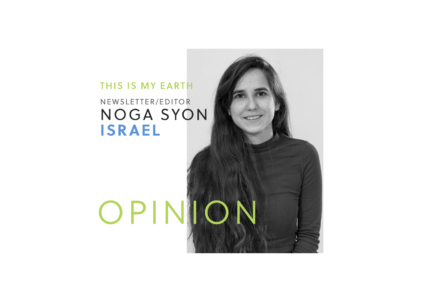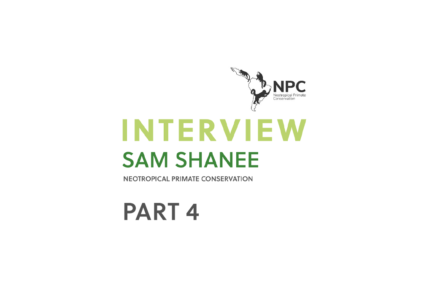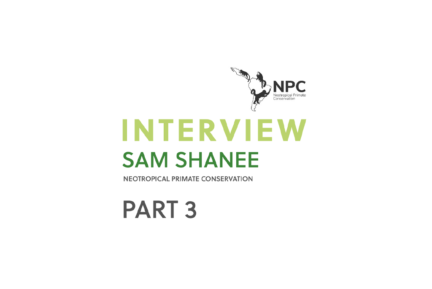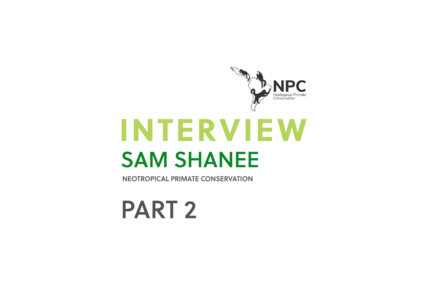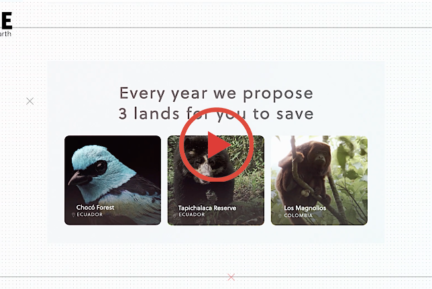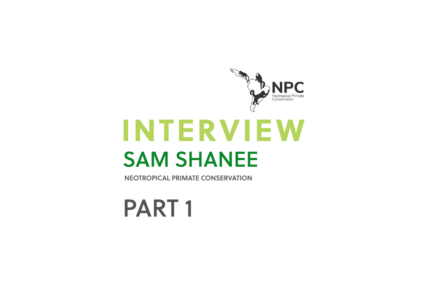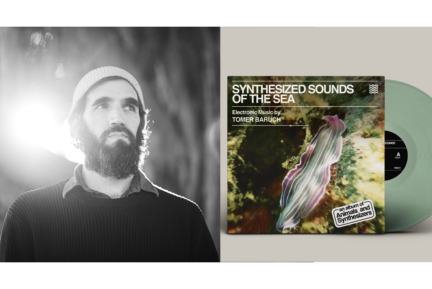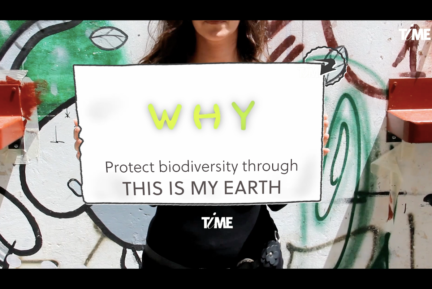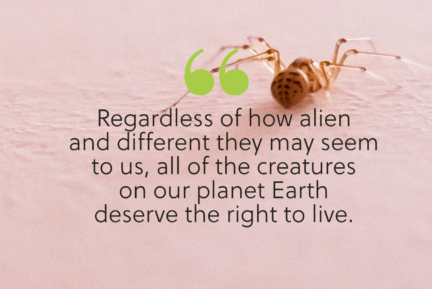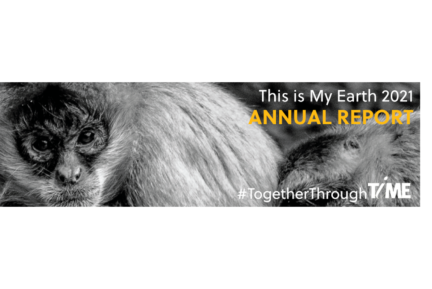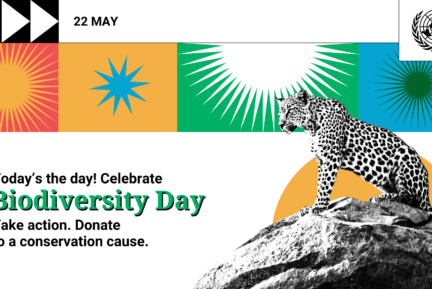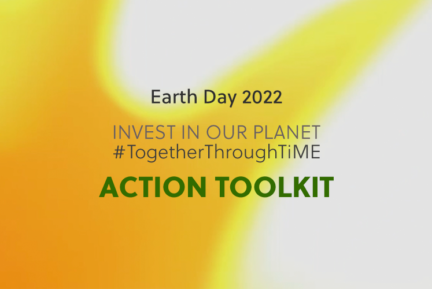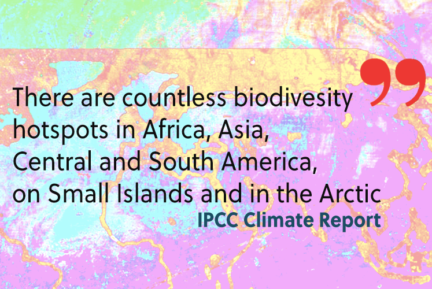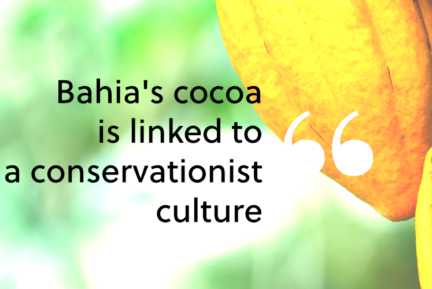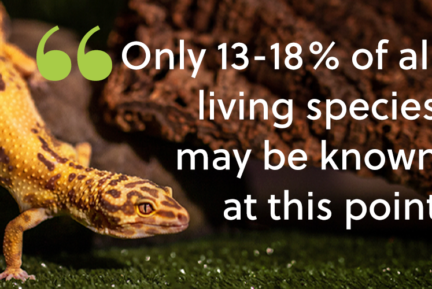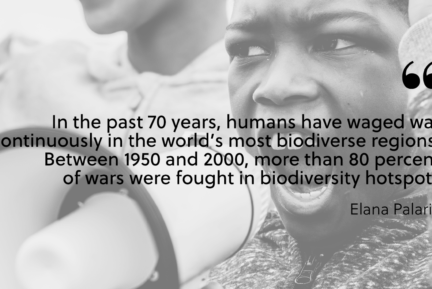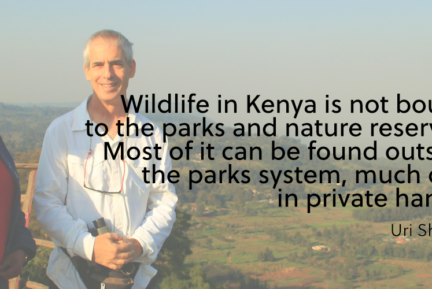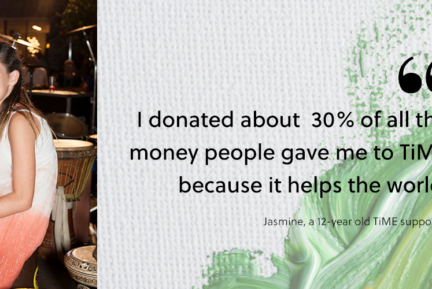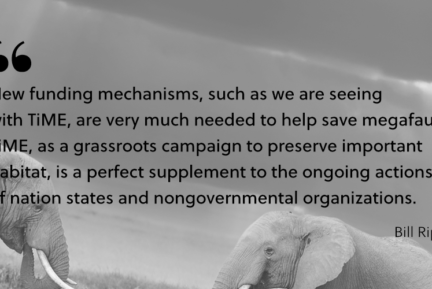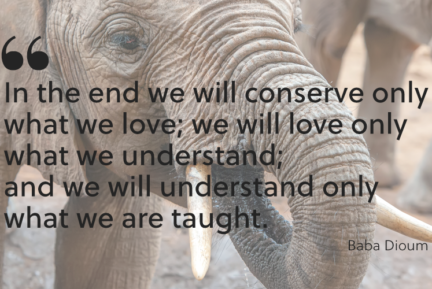
Is green always greener? I remember noticing a bunny drawing on some of the cosmetic products in my house as a young child. Once I was told that the bunny signified that the product had not been tested on animals, I declared that I would not use anything that does not bear the symbol, forcing my parents to check every single product before purchasing it. Since then, I have learned that the label is often misleading, and that truly distinguishing between products that have and have not been tested on animals is nearly impossible. But that is a different story.

These days, many more labels and certifications appear on all sorts of products we might purchase: certified organic, recyclable, compostable, plastic-free, pesticide-free, non-GMO, renewable, made with recycled materials, and so forth. While this indicates the growing willingness of consumers to pay more in order to avoid adverse impacts on the environment — nature conservation, protecting biodiversity and mitigating climate change — some of these claims are controversial, hiding half-truths or simply misleading consumers. In other words, just like I discovered about the cruelty-free label, relying on a product’s claims may lead us to spend more money, time and energy on something that does not truly support our goals and good intentions.
Feeding the world: organic vs. conventional farming
One of the biggest controversies in this respect concerns organic versus conventional farming. Organic products are marketed as less harmful to biodiversity and to the soil, since they do not use synthetic pesticides.
The urgent need to feed a constantly growing world population means that food production will have to grow by 35–70 percent by 2050, according to different estimates. And that figure does not take into account the fact that, even today, approximately 925 million people suffer from hunger. Farming and agriculture is therefore one of the most pressing global issues, both for humans and for the planet, especially since the single biggest direct cause of deforestation is the creation of new croplands and pastures. To move towards a more sustainable future, our goals should be threefold: increasing the amount of food produced, reducing the amount of land used for farming, and improving the biodiversity on that land.
Organic farming indeed seems to excel in the last goal. A 2021 meta-analysis of studies on the effects of conventional versus organic farming found that, except for a small minority of lands, organically managed lands had higher numbers of species of flora, insects, birds, spiders, and vegetation on the margins of the field. But when it comes to the two other goals, organic farming falls short. Conventional farming boasts 50–100 percent more produce yield, meaning that less land is needed to feed the same number of people. While organically managed croplands support biodiversity better than conventional agriculture, it still cannot compare to wild or natural lands as a wildlife habitat. More land for food means less land is conserved for biodiversity and for carbon sequestration — in other words, organic farming has a greater impact in terms of greenhouse gas emissions than conventional farming.
For example, a study asked whether organic farming could sufficiently feed a region in north Germany that includes the city of Hamburg. Researchers found that regional organic farming could hypothetically feed the population, but only under the conditions of sufficient land and lower meat consumption. “Sufficient land” means that more land must be used for crops. With respect to the reduction of meat consumption, it is a vital step regardless of the type of agriculture, as we cannot feed the expected world population in 2050 on an animal-protein rich diet.
Until scientific and technological advancements make organic agriculture much more efficient, do not feel guilty if you choose to opt for the much cheaper conventional produce.
Electric vehicles: carbon emissions vs. harmful resource extraction
Electric vehicles are marketed as the epitome of green consumerism, yet the truth is less clear. Born out of the great hope of reducing carbon emissions, electric vehicles indeed produce a much lower amount of carbon dioxide than gas- and diesel-powered cars and trucks. But when considering the overall impact of a product, we should consider its entire life cycle: production, usage, and end of life. Unfortunately, the raw materials needed for electric cars include metals for assembling batteries whose extraction can be harmful to people and the planet.
For instance, the cobalt needed is sourced mainly in the Democratic Republic of Congo, where mine workers are usually children and the mining process emits sulfur oxide and other pollutants. Lithium is mainly sourced in Australia and in the Andes by pumping groundwater, reducing water available to Indigenous-owned lands. Nickel is also required, and in order to meet the growing demand, the Indonesian government has recently granted over a million hectares of mining concessions. The new mining operations and their byproducts are likely to cause further deforestation of the Wallacea region, a rainforest with many unique species, such as the Critically Endangered Maleo.
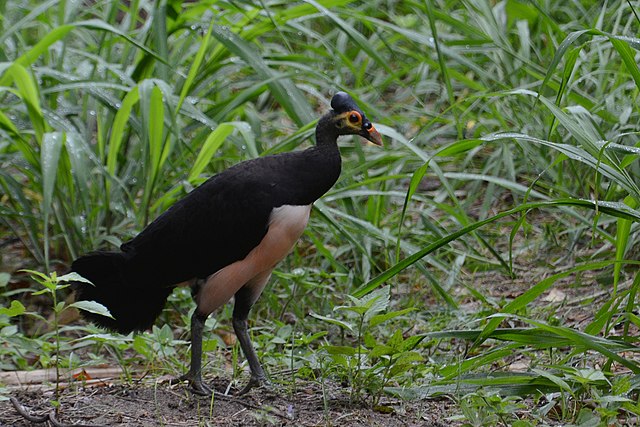
The Maleo is a beautiful, majestic bird, boasting a pink chest, long legs, and a crown-like crest. It is endemic to Indonesia and the only species of its genus, Macrocephalon. Unlike most birds, the Maleo nests on the shores of the Indonesian island rather than in the forests, and it allows the natural solar or geothermal heat to warm its eggs.
Should the Maleo pay the price to produce electric vehicles? Surely not — but just as surely, the carbon emissions of traditional vehicles should not impact all species on Earth. This type of conundrum is sadly not rare or unique, and reminds us yet again that the most environmentally friendly choice is usually not to upgrade our car (or other kinds of technology) unless we must. The costs of production are almost always greater than the benefit of switching to a new product marketed as the greener option.
Use natural to support nature?
When we see a “100% natural” label on a product, most people assume that the product is more environmentally friendly — even if, usually, much less budget-friendly. Mostly, it is not truly more sustainable. One prominent example is a new label that has emerged on sunscreens in recent years: “reef safe.” This label stems from the idea that certain types of sunscreens, those termed “chemical” and containing oxybenzone, are a driving force in the phenomenon of coral bleaching.
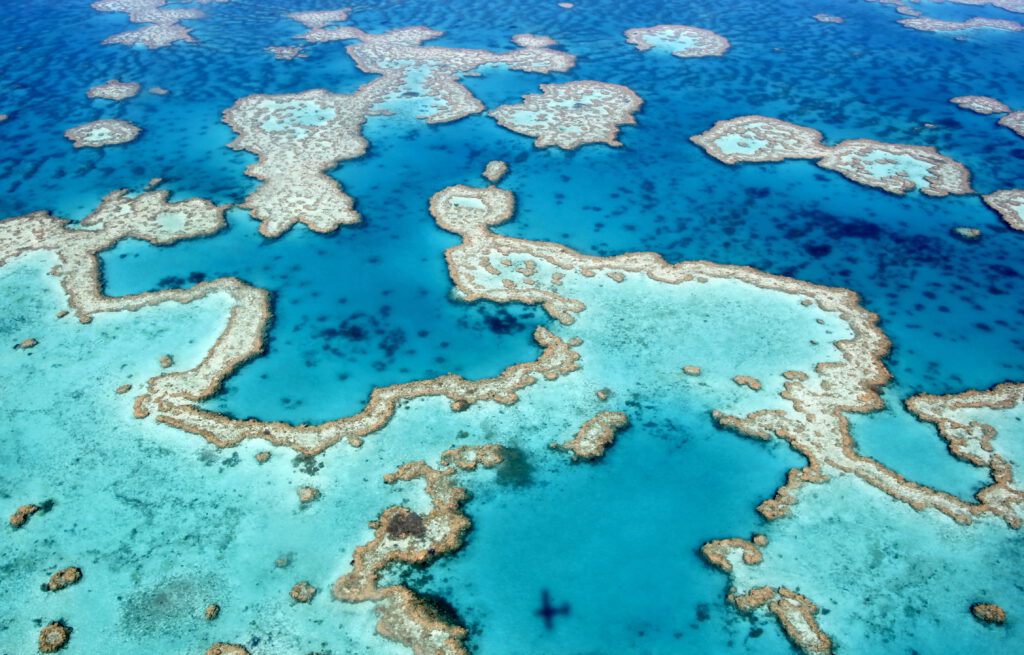
Protecting the oceans
Coral bleaching has been documented since 1964, when Hurricane Flora caused the bleaching and death of many corals in Jamaica. Since then, events of bleaching have become more and more common across the globe, including in the Great Barrier Reef in Australia. Coral polyps are living animals, and a whole ecosystem depends on their vitality and diversity. In fact, reefs are one of the most diverse marine ecosystems: reefs are home to turtles, fish, invertebrates, marine birds and sea mammals, and 25 percent of all fish depend on them for food, shelter, and reproduction. Coral bleaching is indeed a major problem that must be addressed. Sadly, it is not as simple as switching sunscreen brands.
Coral bleaching is believed to be the result of stress caused to the algae that the corals depend on, and this stress is believed to be caused by rising water temperatures, low tides, radiation, changes in water salinity, and pollutants. Are chemical sunscreens one of these pollutants? Put simply, no. Although some evidence indicates that oxybenzone and other active ingredients in these sunscreens could potentially affect corals, the amount used by a person, when diluted by the ocean water, makes it as negligible as the effect of “rearranging deckchairs on the Titanic,” as chemist Michelle Wong describes it.
“Reef safe” sunscreens usually include the natural zinc oxide and titanium oxide, which have also been linked to adverse effects on marine wildlife, starting from even lower concentrations than those found for oxybenzone. The fact that they are natural does not mean that when being washed off they end up where they are naturally found or in the same concentrations. Don’t forget, carbon dioxide is natural, too.
Harvesting nature
Sourcing natural ingredients is also not necessarily more sustainable than synthetic ingredients. For example, growing demands for wild licorice, which is often used in cosmetics, tea and medicine, has led to massive overharvesting in Kazakhstan and Uzbekistan. Beyond causing a reduction of the plant’s habitat and genetic erosion, this overharvesting also affects the entire ecosystem, leads to soil erosion, and as a result harms the livelihoods of local farmers. Essential oils, too, require a great amount of source plants in order to extract the oil. Australian Sandalwood in particular, from which an especially coveted essential oil is produced, is now declared Endangered.
Products that contain these ingredients are often marketed as natural, with their advertising using earth-toned colors, phrases and images that tap into our yearning to connect to nature. And we do want to believe them. But, by the way, they are not always healthier; for example, natural skincare has been linked to the development of food allergies in babies.
Now what?
So what do we do? Living in the 21st century, almost every step we take is potentially harmful to the environment in one way or another. Trying to live life with a constant fear of making the wrong consumer decision can lead to climate anxiety, which is not beneficial for you or for the climate. Instead, we need to remember that many of the green promises and labels on products are either lies or half-truths. The very welcome rise in consumer awareness is also making us easy prey for marketing ploys and can send us on a guilt-ridden journey through the grocery store or the online shopping experience.
If there are no other reasons to buy one product over another, choose based on the price and not the green label. To protect the planet, a more effective use for the money saved is a donation to TiME, where it would be used to purchase biodiverse lands for conservation. Or simply save the money; the best choice we can make as consumers is always this: buy less, use less.
Aune, Jens B. “Conventional, Organic and Conservation Agriculture: Production and Environmental Impact”. in Lichtfouse, Eric (ed.), Agroecology and Strategies for Climate Change. New York: Springer, 2012.
Da Silva, José Graziano. “Feeding the World Sustainably”. UN Chronicle. https://www.un.org/en/chronicle/article/feeding-world-sustainably
Editorial. “What is coral bleaching?”. National Oceanic and Atmospheric Administration. https://oceanservice.noaa.gov/facts/coral_bleach.html
Editorial. “Coral reef ecosystems”. National Oceanic and Atmospheric Administration. Last updated February 1, 2019. https://www.noaa.gov/education/resource-collections/marine-life/coral-reef-ecosystems
Editorial. “Coral Bleaching — Background”. National Oceanic and Atmospheric Administration. https://www.coral.noaa.gov/education/bleaching-background.html
Editorial. “New technology could cement Indonesia’s dominance of vital nickel”. The Economist. Last Updated July 5, 2023. https://www.economist.com/science-and-technology/2023/07/05/new-technology-could-cement-indonesias-dominance-of-vital-nickel?giftId=270aeb85-6c4a-4241-b57e-fca903f449fb
Editorial. “Causes of Deforestation: Direct Causes”. NASA Earth Observatory. Published March 30, 2007. https://earthobservatory.nasa.gov/features/Deforestation/deforestation_update3.php
Gemedzhieva, Nadejda, Artyom Khrokov, Elise Heral and Anastasiya Timoshyna. “Sweet Dreams: Assessing opportunities and threats in Kazakhstan’s wild liquorice root trade”. Traffic (April 2021).
González-Aguirre, José-Andrés, Juan Camilo Solarte-Toro and Carlos Ariel Cardona Alzate. “Supply chain and environmental assessment of the essential oil production using Calendula (Calendula Officinalis) as raw material”. Heliyon 6:11 (Novermber 2020): e05606.
Goreau, T. F. “Mass Expulsion of Zooxanthellae from Jamaican Reef Communities after Hurricane Flora”. Science 24:145(3630) (July 23 1964): 383-386.
Joseph, Sarah, Irene Peters and Hanno Friedrich. “Can Regional Organic Agriculture Feed the Regional Community? A Case Study for Hamburg and North Germany”. Ecological Economics 164 (October 2019): 106342.
“Maleo”, Edge of Existence. http://www.edgeofexistence.org/species/maleo/
McLellan, Richard, David M Watson and Kingsley Dixon. “Loved to death: Australian sandalwood is facing extinction in the wild”. Charles Sturt University. October 7, 2021. https://news.csu.edu.au/opinion/loved-to-death-australian-sandalwood-is-facing-extinction-in-the-wild
National Academies of Sciences, Engineering, and Medicine. Review of Fate, Exposure, and Effects of Sunscreens in Aquatic Environments and Implications for Sunscreen Usage and Human Health. Washington, DC: The National Academies Press, 2022.
Sigrid Kusch-Brandt and Alfieri Pollice. “Perspectives of Licorice Production in Harsh Environments of the Aral Sea Regions”. International Journal of Environmental Research and Publich Health 19:18 (September 2022): 11770.
Stein-Bachinger, Karin, Frank Gottwald, Almut Haub and Elisabeth Schmidt. “To what extent does organic farming promote species richness and abundance in temperate climates? A review”. Organic Agriculture 11 (2021): 1-2.
Tabuchi, Hiroko and Brad Plumer. “How Green Are Electric Vehicles?” The New York Times. Last updated June 23, 2023. https://www.nytimes.com/2021/03/02/climate/electric-vehicles-environment.html
van Dijk, Michiel, Tom Morley, Marie Luise Rau and Yashar Saghai. “A meta-analysis of projected global food demand and population at risk of hunger for the period 2010–2050”. Nature Food 2 (2021): 494-501.
Varanasi, Anuradha. “Is Organic Food Really Better for the Environment?” Columbia Climate School. Last updated October 22, 2019. https://news.climate.columbia.edu/2019/10/22/organic-food-better-environment/
Wong, Michelle. “Is Your Sunscreen Killing Coral Reefs? The Science”. Lab Muffin Beauty Science. Published August 8, 2018. https://labmuffin.com/is-your-sunscreen-killing-coral-the-science-with-video/

